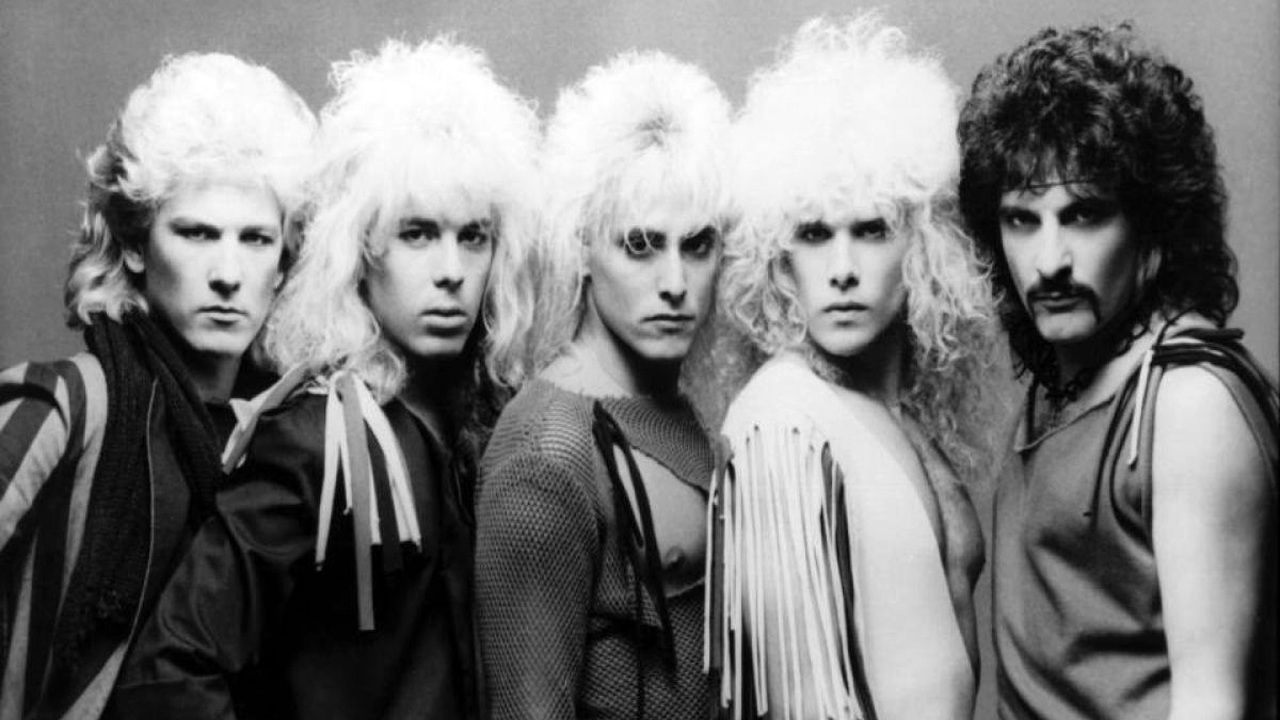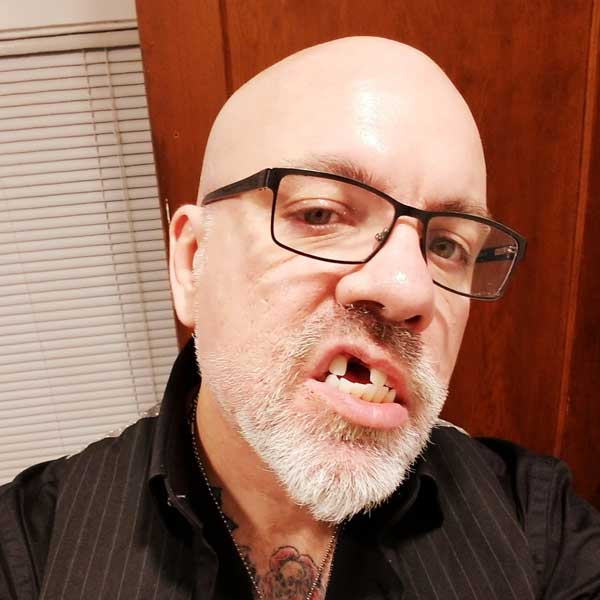“Up here on this tightrope, tryin’ not to fall” - Ready To Strike
This one has a pretty good twist, but before we get there, let’s first talk about the dawn of heavy metal, because King Kobra has a place in it. There is no doubt that heavy metal as we know it, with all it’s glorious extravagance, nerve-shredding distortion, and ear-battering volume was created by stumpy-fingered Tony Iommi and his band of gloomy-gusses. Some would say this was by grand design, others by simple necessity. But let’s not kid ourselves, it’s all Black Sabbath’s fault. However, that doesn’t mean that they invented the concept of heavy music, because they did not. There were plenty of heavy, fuzzy, louder-than-hell jams swirling around as far back as ‘66. And incidentally, that’s also when the aesthetic – black clothes, snarly attitude, doomy lyrics – first developed, as well. So let’s pause for a moment and hand it to the motherfuckers who were heavy before heavy even existed.
First off, there’s The Music Machine. Formed by one Sean Bonniwell in LA in 1966 after the implosion of his Byrds-y folk-rock band The Ragamuffins, Music Machine was a different beast entirely, a proto-punk snarl of cranked-up distortion anchored by Bonniwell’s throaty bellow and his tragic tales of doomed-love and dead-end no-counts. And while it’s true that there were plenty of acid-spitting garage-punk bands with apocalyptic lyrics in the mid 60’s, none of them looked anything like The Music Machine. These cats were so fucking dark they dressed in black from head to toe during the height of flower power. Everybody else mighta been skipping towards the Summer of Love, but Bonniwell and his thugs were hurtling straight into a cyclone of manic-depression. The one black glove gimmick really put shit over the top. Watch them tear through their one and only hit Talk Talk and you will see the birth of heavy metal style and attitude. They were the mid-60’s Danzig, and they were fucking HEAVY, man.
By the way, Bonniwell later became a born-again Christian and gave up his evil ways, but he also managed to bang out a wild n’ wooly autobiography, Beyond the Garage, which is well worth the hunt. I tried to interview him for Classic Rock a decade or so ago, but he was pretty well-fried at that point and died of lung cancer soon after. Dude always kept it heavy.
Meanwhile in Long Island, New York, Rascals-esque psyche-blues outfit The Pigeons kicked out their drummer and got a new sticksman, Carmine Appice. The fucking guy played the drums so hard they accidentally invented heavy rock. I mean, they weren’t the only ones – Blue Cheer came to the exact same conclusion at the same time on the other side of the country – but believe me, music changed after the first Fudge record, and Carmine Appice knew he was on to something. But he never quite got there with Vanilla Fudge. They were managed by the mob and they basically just took can’t-miss Motown and Beatles hits and beat them into bloody stumps, which is a pretty fantastic way to start a career in heavy metal, but their organ-heavy sound grounded them in the psyche-rock arena and Appice was more interested in the total destruction of ears, minds and souls with the loudest rock’n’roll music 20th century technology would allow.
Which brings us to his next band, Cactus. Sure, they were a blues band, but they were the heaviest, loudest, most excessive blues band on the planet, then, now, and forever. Same time-frame as Sabbath, same influences, just as heavy, minus the batwings and wizards. Cactus was Sabbath for American weed dealers and stunt-drivers, the original party-til-you-puke band. If Sabbath is the mother of all doom, Cactus is the great-grand-daddy of stoner rock.
Which is to say that Carmine Appice was right there, at the beginning of it all. He didn’t just watch it unfurl, he actively participated. His bloody-fists-banging-rocks style was nearly as influential as Iommi’s wicked riffery. And without him, who knows what would have gone down. We might all still be listening to campfire folk-rock, for chrissakes. So if the dude wanted to dabble in glam metal a couple decades later, who were we to argue? The fact is, glam metal was pretty gracious when it came to letting old-timers join the party. Unlike other late-century youth-centric musical movements – punk, grunge, industrial, etc – glam metal didn’t really give a fuck if you were some puffy hold-over from 70s arena rock. If you were willing to stuff yourself into spandex and get the fuck onstage, everything was fine. If it worked for Judas Priest, Kiss, Ozzy, and Alice Cooper, so why not Carmine Appice? And so, King Kobra.
Appice played in Ozzy Osbourne’s band during the Bark At The Moon tour in ‘83. When the tour ended a year later Appice, having seen the hairsprayed future of heavy metal, decided to commit his very own flash metal suicide. He rounded up a bunch of green locals, and off they went. What’s great about King Kobra is how behind the curve they were. They were perpetually six months late for the party. It’s as if somebody’s dad watched MTV for an afternoon and decided he had this glam metal thing all figured out. “Basically it’s just scarves and guitar squeals”, he thinks, before hiring some bleached-blonde stoner kids from the neighbourhood to prove it. I mean that’s basically what’s up.
King Kobra released their debut, Ready to Strike, in 1985. It was produced by Appice and Spencer Proffer, the man behind the board for Quiet Riot’s Metal Health, which is probably why it still sounds like 1983. While it didn’t spawn any real hits, the single, Hunger, managed to make it into light rotation on MTV. Of course, that wasn’t even a King Kobra song, they borrowed it from Canadian glam-bangers Kick Axe, but still. As the 80s wore on, King Kobra slithered into a more melodic, AOR direction, and remain cult figures in that shadowy realm, but for all intents and purposes, the band imploded due to lack of funds, record label interest, and success in 1988.
Appice formed the even more obscure Blue Murder with Whitesnake/Thin Lizzy guitarist John Sykes shortly thereafter. He reformed Kobra in 2010 with pretty much the original line-up intact, minus one key player: singer Mark Free. Why? Because Mark Free no longer exists. He’s not dead, though. Just different. Somewhere between 1984 and now Mark Free had a sex change operation, became Marcie Free, and now works in real estate in Michigan. Even in the gender-bending world of 80s glam, that’s a pretty spectacular twist ending.
**Next Week: I Wanna Fight **

